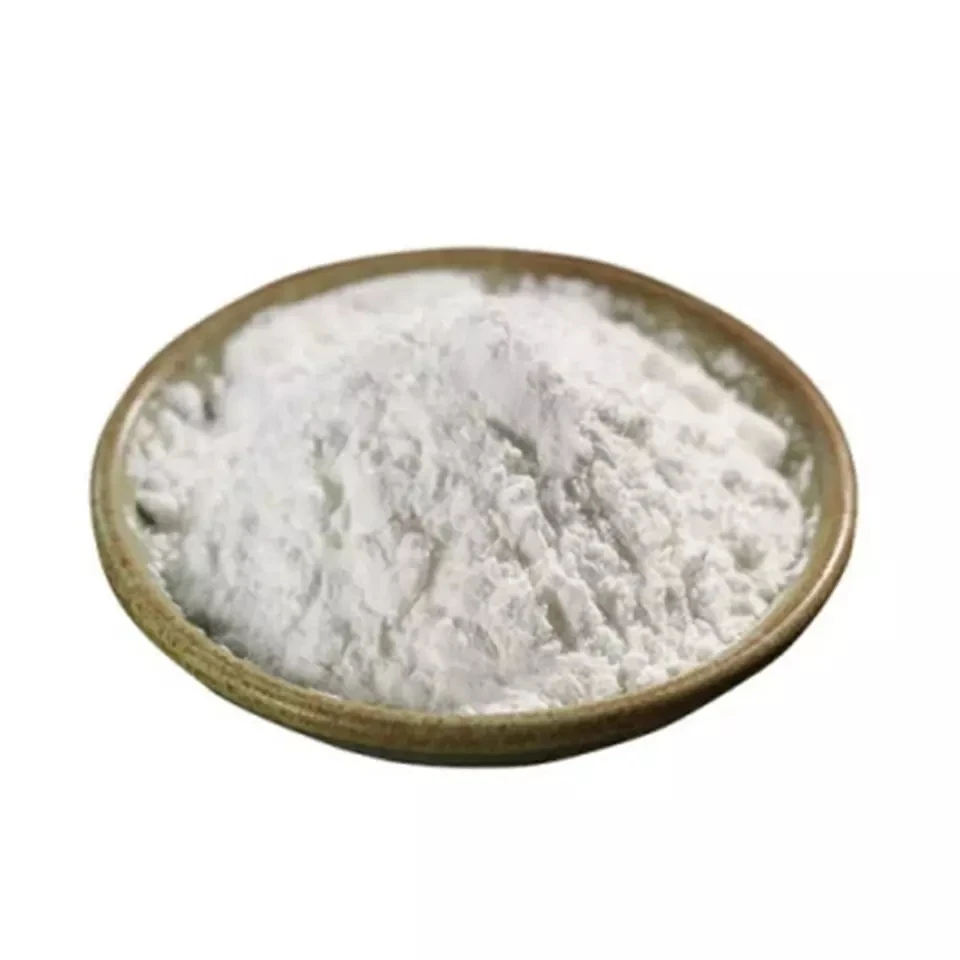Warning: Undefined array key "title" in /home/www/wwwroot/HTML/www.exportstart.com/wp-content/themes/1198/header.php on line 6
Warning: Undefined array key "file" in /home/www/wwwroot/HTML/www.exportstart.com/wp-content/themes/1198/header.php on line 7
Warning: Undefined array key "title" in /home/www/wwwroot/HTML/www.exportstart.com/wp-content/themes/1198/header.php on line 7
Warning: Undefined array key "title" in /home/www/wwwroot/HTML/www.exportstart.com/wp-content/themes/1198/header.php on line 7
- Afrikaans
- Albanian
- Amharic
- Arabic
- Armenian
- Azerbaijani
- Basque
- Belarusian
- Bengali
- Bosnian
- Bulgarian
- Catalan
- Cebuano
- China
- China (Taiwan)
- Corsican
- Croatian
- Czech
- Danish
- Dutch
- English
- Esperanto
- Estonian
- Finnish
- French
- Frisian
- Galician
- Georgian
- German
- Greek
- Gujarati
- Haitian Creole
- hausa
- hawaiian
- Hebrew
- Hindi
- Miao
- Hungarian
- Icelandic
- igbo
- Indonesian
- irish
- Italian
- Japanese
- Javanese
- Kannada
- kazakh
- Khmer
- Rwandese
- Korean
- Kurdish
- Kyrgyz
- Lao
- Latin
- Latvian
- Lithuanian
- Luxembourgish
- Macedonian
- Malgashi
- Malay
- Malayalam
- Maltese
- Maori
- Marathi
- Mongolian
- Myanmar
- Nepali
- Norwegian
- Norwegian
- Occitan
- Pashto
- Persian
- Polish
- Portuguese
- Punjabi
- Romanian
- Russian
- Samoan
- Scottish Gaelic
- Serbian
- Sesotho
- Shona
- Sindhi
- Sinhala
- Slovak
- Slovenian
- Somali
- Spanish
- Sundanese
- Swahili
- Swedish
- Tagalog
- Tajik
- Tamil
- Tatar
- Telugu
- Thai
- Turkish
- Turkmen
- Ukrainian
- Urdu
- Uighur
- Uzbek
- Vietnamese
- Welsh
- Bantu
- Yiddish
- Yoruba
- Zulu
Nov . 16, 2024 15:32 Back to list
Exploring the Sweet World of Artificial Sweeteners and Their Impact on Health
The Sweet History and Controversy of Saccharin
Saccharin, discovered in the late 19th century, is one of the earliest artificial sweeteners used in food and beverages. Its journey from a lab curiosity to a common sugar substitute has been both remarkable and contentious, reflecting changing perceptions about health, sweetness, and diet.
The story of saccharin begins in 1879 when Constantin Fahlberg, a chemist working at Johns Hopkins University, accidentally discovered its sweet taste. While researching coal tar derivatives, he went home one day and noticed a sweet flavor on his hands after a long day in the lab. Curious, he traced the taste back to a chemical compound he had been working with benzoic sulfimide. This led to saccharin's development as a commercial product, and by the early 20th century, it had gained popularity, especially as a sugar substitute during World War I when sugar was scarce.
Saccharin's commercial success was not without controversy. In the 1970s, it was linked to bladder cancer in laboratory rats, leading to a ban on its use in food products. However, subsequent research indicated that the cancer risk was not applicable to humans. In 2000, the U.S. National Toxicology Program removed saccharin from its list of potential carcinogens, and by 2010, the FDA officially removed the warning label that had been required for decades.
saccharin

Despite its controversial past, saccharin remains a popular choice for those seeking a low-calorie alternative to sugar. It is 300 times sweeter than sucrose, allowing for only a small amount to be used in food and drinks. This characteristic, combined with its zero-calorie content, makes it appealing for people managing weight or those with diabetes who need to monitor their sugar intake. Products like Sweet'N Low have made saccharin a household name, particularly in the realm of diet sodas and sugar-free snacks.
However, modern consumers are increasingly leaning towards natural sweeteners, contributing to a decline in saccharin's popularity. The move towards organic and less processed foods has led many to question the safety and health effects of artificial sweeteners like saccharin. Critics argue that while saccharin may offer a quick sweetness without calories, it can lead to cravings for sugary foods and undermine healthy eating practices.
Ultimately, saccharin's storied past is a reflection of society's evolving relationship with sweetness and health. As scientific research continues to evolve and consumer preferences shift, the future of saccharin remains uncertain. Nevertheless, its historical significance and impact on the food industry cannot be understated. Whether as a staple in many kitchens or the subject of health debates, saccharin represents the complex interplay between innovation, health consciousness, and dietary choices in modern society.
Latest news
-
Certifications for Vegetarian and Xanthan Gum Vegetarian
NewsJun.17,2025
-
Sustainability Trends Reshaping the SLES N70 Market
NewsJun.17,2025
-
Propylene Glycol Use in Vaccines: Balancing Function and Perception
NewsJun.17,2025
-
Petroleum Jelly in Skincare: Balancing Benefits and Backlash
NewsJun.17,2025
-
Energy Price Volatility and Ripple Effect on Caprolactam Markets
NewsJun.17,2025
-
Spectroscopic Techniques for Adipic Acid Molecular Weight
NewsJun.17,2025

